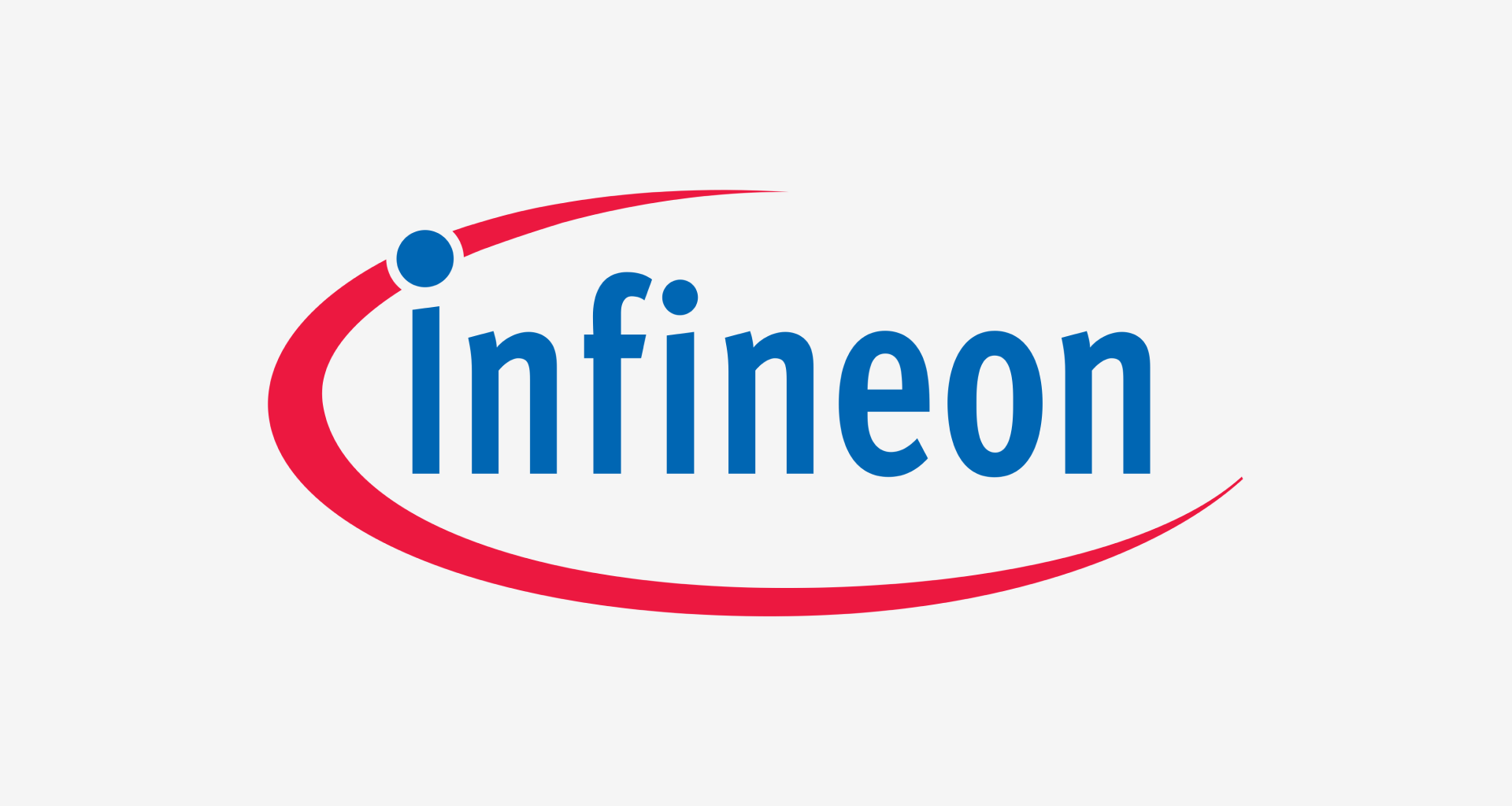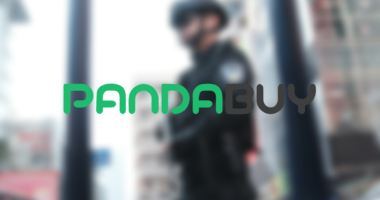Introduction
Infineon Technologies AG, a prominent player in the semiconductor industry, has been a significant contributor to technological advancements in various sectors, including automotive, industrial, and consumer electronics. Headquartered in Munich, Germany, Infineon has consistently demonstrated innovation and resilience in a highly competitive market. In this blog post, we will analyze Infineon’s current stock position, financial health, market trends, and potential growth prospects to determine whether it might be a good investment.

Disclaimer: This analysis is for informational purposes only and should not be considered financial advice. Always consult with a financial advisor before making investment decisions.
Company Overview
Infineon Technologies specializes in semiconductor and system solutions that address key trends such as energy efficiency, mobility, and security. The company’s product portfolio includes microcontrollers, power semiconductors, sensors, and security ICs, which are essential components in electric vehicles, renewable energy systems, and various smart applications.
Financial Performance
Recent Earnings and Revenue
Infineon reported a revenue of €3.70 billion for the first quarter of 2024, reflecting a 6.3% decrease from the same period in 2023. Net income for this quarter was €598 million, down 17% year-over-year. Despite these declines, the company maintains a solid profit margin of 16%12.
Valuation Metrics
- Price-to-Earnings (PE) Ratio: The trailing PE ratio stands at 19.10, while the forward PE ratio is 15.27. These figures suggest that the stock is moderately priced compared to its earnings.
- Price-to-Sales (PS) Ratio: The PS ratio is 3.14, indicating that investors are paying €3.14 for every euro of sales. The forward PS ratio is slightly lower at 3.10, showing stable sales expectations.
- Price-to-Book (PB) Ratio: At 3.06, Infineon’s PB ratio indicates that the stock is trading at over three times its book value, which is a common characteristic of technology companies with significant intangible assets.
Financial Health
- Debt Levels: Infineon has a total debt of €8.15 billion against cash reserves of €2.79 billion, resulting in a net cash position of -€5.36 billion. While this indicates a leveraged position, the company’s debt-to-equity ratio of 0.47 is manageable.
- Liquidity Ratios: The current ratio is 1.80, and the quick ratio is 0.83, suggesting that Infineon has adequate short-term liquidity to cover its liabilities.
- Cash Flow: Infineon’s operating cash flow over the past 12 months was €3.55 billion, with capital expenditures of €3.38 billion, resulting in a free cash flow of €174.12 million. This positive free cash flow is a good sign of financial health, though it is relatively modest.
Market Position and Trends
Automotive and Industrial Applications
Infineon is heavily invested in the automotive sector, providing crucial components for electric vehicles (EVs) and autonomous driving systems. The company recently signed a multi-year agreement with Hyundai and Kia to supply power semiconductors for electric cars, reinforcing its strong market position in the automotive industry.

Artificial Intelligence (AI) and IoT
The company is also betting on the AI boom to drive future growth. Infineon aims to leverage its expertise in power systems and IoT to capitalize on the increasing demand for AI applications. This strategic focus is expected to boost the sales of higher-margin chips, contributing positively to the company’s revenue and profitability.
European Supply Chain
Infineon is strengthening its supply chain in Europe through strategic partnerships and investments. This move is designed to mitigate risks associated with global supply chain disruptions and ensure a steady supply of semiconductor solutions for its European customers3.
Risks and Challenges
Market Volatility
The semiconductor industry is notoriously cyclical, and Infineon is not immune to market volatility. Recent guidance from the company indicated lower-than-expected revenue due to weak demand for chips used in personal electronics and industrial applications.
Currency Fluctuations
As a global company, Infineon’s financial performance is susceptible to currency fluctuations. The recent adjustment of its full-year revenue guidance to account for adverse currency effects highlights this vulnerability.
Competitive Pressure
Infineon faces stiff competition from other semiconductor giants like Nvidia, Intel, and AMD. Maintaining its competitive edge requires continuous innovation and substantial investment in research and development (R&D), which can strain financial resources.
Investment Considerations
Pros
- Strong Market Position: Infineon has a robust presence in high-growth sectors such as automotive, industrial, and IoT.
- Strategic Partnerships: Collaborations with major automotive manufacturers and other tech firms enhance its market reach and technological capabilities.
- Focus on AI and IoT: Infineon’s emphasis on AI and IoT aligns with current market trends and has the potential to drive significant revenue growth.
Cons
- Market Cyclicality: The semiconductor industry’s cyclical nature can lead to periods of volatility and reduced demand.
- Debt Levels: While manageable, Infineon’s debt levels are considerable and could impact its financial flexibility.
- Currency Risks: The company’s global operations expose it to currency risks, which can affect financial performance.
Conclusion: To Buy or Not to Buy?
Infineon Technologies presents a mixed investment case. On the one hand, its strong market position, strategic partnerships, and focus on high-growth areas like AI and IoT offer promising growth potential. On the other hand, market cyclicality, debt levels, and currency risks pose significant challenges.
For risk-tolerant investors with a long-term horizon, Infineon could be a worthwhile addition to their portfolio, especially if they believe in the continued growth of the semiconductor industry and the company’s ability to innovate. However, those seeking more stable and predictable returns might want to consider other options or wait for a more favorable entry point.
Disclaimer: This analysis is not financial advice. Please conduct your own research or consult a financial advisor before making any investment decisions.









